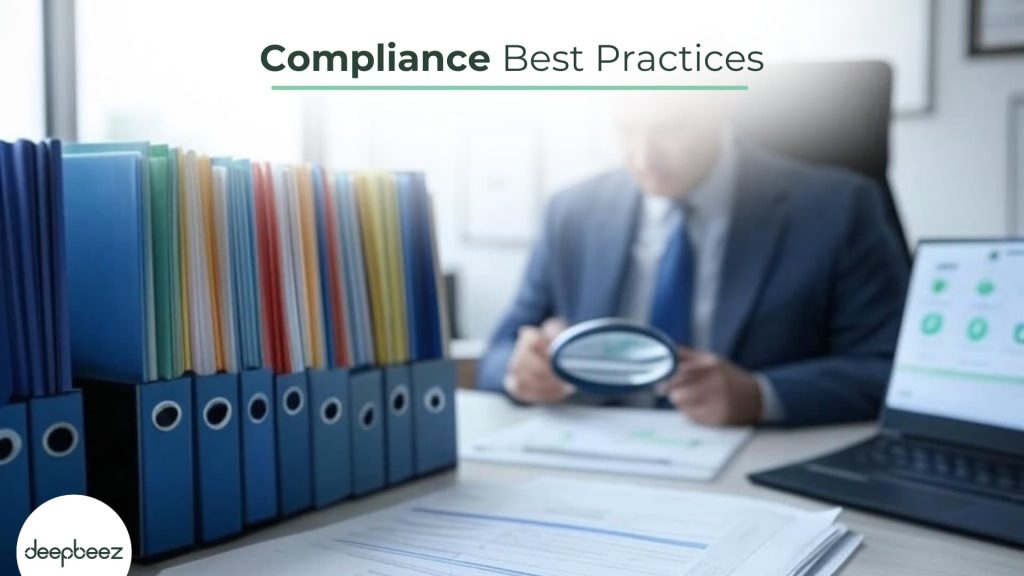Are you struggling to navigate the complex world of regulatory compliance? You’re not alone. Many organizations find themselves overwhelmed by the ever-changing landscape of rules and regulations. But don’t worry – I’m here to help you understand what compliance really means, why it matters, and how you can master it.
Compliance means following the rules. Simple as that. It’s your organization’s commitment to adhering to laws, regulations, and guidelines created by governmental and regulatory agencies. These rules aren’t arbitrary – they’re designed to protect consumers, ensure fair business practices, and maintain industry standards. Calculating all your taxes and duties correctly is part of the adhering to compliances, if you are in the field of export and import. Deepbeez customs duties calculator will help you along the way.
